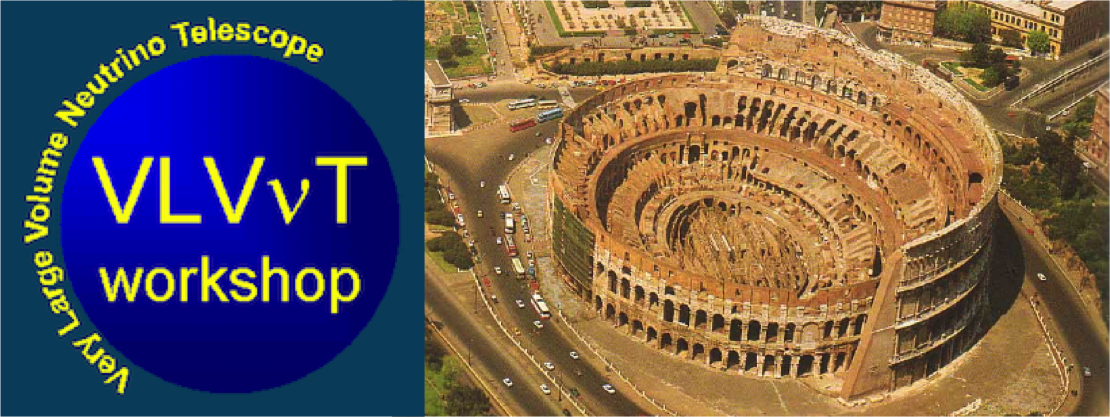Speaker
Daniele Vivolo
Description
KM3NeT is a European deep-sea multidisciplinary research infrastructure in the Mediterranean Sea. It will host a km3-scale neutrino telescope and dedicated instruments for long-term and continuous measurements for Earth and Sea sciences.
The KM3NeT neutrino telescope is a 3-dimensional array of Digital Optical Modules, suspended in the sea by means of vertical string structures, called Detection Units, supported by two pre-stretched Dyneema ropes, anchored to the seabed and kept taut with a system of buoys.
The Digital Optical Module represents the active part of the neutrino telescope. It is composed by a 17-inch, 14 mm thick borosilicate glass (Vitrovex) spheric vessel housing 31 photomultiplier tubes with 3-inch photocathode diameter and the associated front-end and readout electronics.
The technical solution adopted for the KM3NeT optical modules is characterized by an innovative design, considering that existing neutrino telescopes, like Baikal, IceCube and ANTARES, all use large photomultipliers, typically with a diameter of 8" or 10". It offers several advantages: higher sensitive surface (1260 cm$^2$), weaker sensitivity to Earth’s magnetic fields, better distinction between single-photon and multi-photon events (photon counting) and directional information with an almost isotropic field of view.
In this contribution the design and the performances of the KM3NeT Digital Optical Modules are discussed, with a particular focus on enabling technologies and integration procedure.
